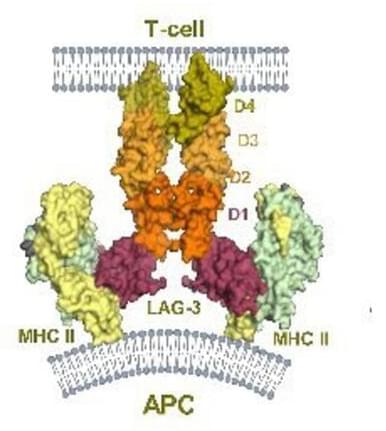Dec 14, 2024
Large language models surpass human experts in predicting neuroscience results
Posted by Shubham Ghosh Roy in categories: futurism, neuroscience
Large language models (LLMs) can synthesize vast amounts of information. Luo et al. show that LLMs—especially BrainGPT, an LLM the authors tuned on the neuroscience literature—outperform experts in predicting neuroscience results and could assist scientists in making future discoveries.
















